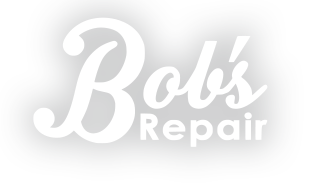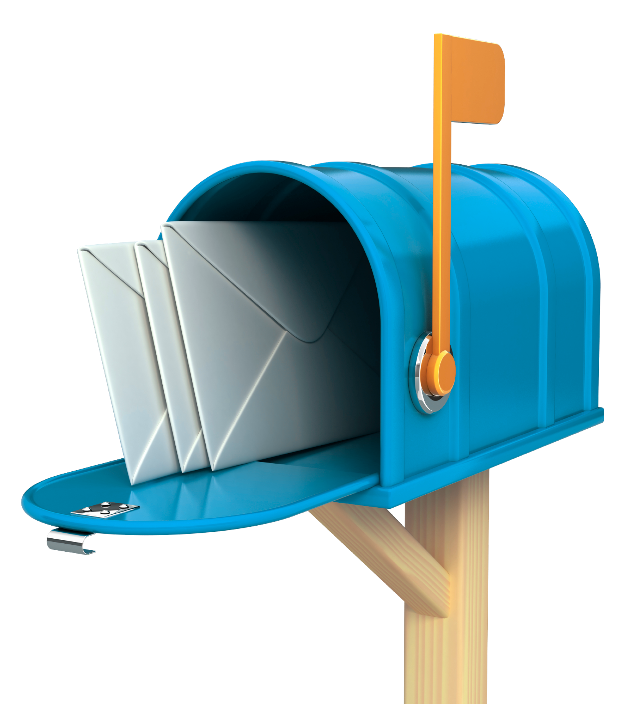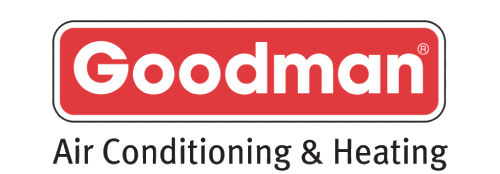Just like any other piece of machinery, your air conditioning unit may encounter wear and tear, malfunctions, or damages over time due to regular use. To ensure optimal functioning of your unit, regular AC maintenance is essential.
Ignoring this maintenance can lead to a noticeable decline in performance, coupled with a rise in energy consumption. Moreover, routine maintenance checks serve as an excellent strategy to detect and address any issues in your AC unit before they escalate into larger problems that could compromise the entire system.
From a financial standpoint, rectifying a minor issue is far more cost-effective than allowing a small, manageable issue to evolve into a major problem necessitating a complete AC installation or AC replacement. Therefore, it’s crucial to remember that these minor maintenance tasks can save you a significant amount of money by extending the lifespan and efficiency of your AC unit.
AC Maintenance Checklist
Now that you know why AC maintenance is important, you may wonder what regular maintenance AC units need to run smoothly. Here, we will explore the most critical areas of your AC unit to inspect and maintain regularly to improve the overall efficiency of your unit.
Filters
The most essential AC maintenance task you can do is routinely check, clean, and replace your unit’s filters. Dirty and clogged filters can dramatically reduce the overall efficiency of your unit by restricting or obscuring airflow. This can cause additional dirt and accumulation on the evaporator coil (which impairs its ability to absorb heat) as the airflow that is prevented from flowing through the filter flows around it.
Some AC units have reusable filters, while others require replacement filters. You will generally want to replace or clean your AC filters every one to two months. The exact replacement frequency will depend on how much use your AC unit sees, if you have pets (with fur) in the house, and if it is frequently subjected to dusty conditions.
Ductwork Inspection
Carefully inspect the ductwork throughout your home for dust build-up (thick layers of dust and balls of lint) and mold. Dust can be simply wiped away with a cloth, while mold may require a utility brush and some scrubbing to remove. You will also want to look out for animals and insects that have died in your ducts as well as any air leaks.
For those utilizing ductless systems, the step of inspecting and maintaining ductwork can be conveniently skipped. Ductless systems do away with the need for extensive ductwork in your home. This means you won’t have to worry about dust accumulation, mold growth, or potential infestations within ducts. It’s one of the many advantages of choosing a ductless system for your air conditioning needs, simplifying your AC maintenance checklist and ensuring a smoother, more efficient cooling experience.
Evaporator and Condenser Coils
Over months and years of use, AC evaporator coils collect dirt which can reduce airflow and impair the coil’s heat-absorbing ability. To limit this decline in performance, you will want to check and clean your evaporator coil every year.
Keep in mind that outdoor condenser coils can also become quite dirty from the natural elements and, therefore, require more regular cleaning. Try to keep the area around your condenser coil clean and remove as much dirt and debris as possible. This allows for better airflow around your condenser, which can help it perform better throughout the year.
Coil Fins
Another critical part of your AC’s coils to pay close attention to is the coil fins. These small aluminum fins are easily bent and can block airflow through the coil when not in their original position. So, while checking your coils, you should inspect the fins and use a “fin comb” to replace them in their original position if you notice any bends. If you do not have a fin comb, you can get one from an AC wholesaler or have an AC maintenance professional do this for you.
Fan & Blower
Since the blower in your AC unit is what circulates air throughout your home, it is one of the most critical areas to inspect regularly. Without a functioning fan, your AC unit will not work correctly and may cause further issues within your unit. Before servicing your AC blower, you must turn off the power to the unit.
Inspect your fan and the motor and ensure the fan is free of dust and debris and that the motor body does not move from its fixed position. Also, if your unit has them, check the fan belt and pulleys. An overworn belt will need to be replaced — generally, this is every year or so, but it depends on how it was installed and aligned. You may also need to lubricate the fan motor, especially when inspecting an AC condenser. Again, be sure to turn off the power to the condenser unit before injecting the oil into the fan motor ports.
Inspecting and maintaining your AC unit’s fans and blowers can be challenging, and it may be best to consult a professional if you are uncertain about what to do.
Drain Line and Drain Pan
A drain line or drain pan can create a dirty mess around your AC unit if not appropriately maintained. You should regularly check your drain line and drain pan for gunk or signs of slime. These can cause your drain line to clog and your drain pan to overflow. Regularly cleaning these areas prevents excess moisture from getting trapped within your AC unit and causing more significant problems.
To clean your drain line, use a stiff flexible wire (usually with a brush on the end) to pass through the channels and clear out any build-up. Cleaning your drain pan is typically very easy; you only need to wipe it down with an old rag. But, if there is standing water, you may need to use a wet/dry vacuum to remove it before you can clean the pan.
Electrical and Controls
A professional technician should do the majority of electrical maintenance, but there are a few things that you can check for yourself during a routine inspection. Before checking on any electrical controls, turn off the power to your AC unit. Once turned off, you may begin inspection for loose wires, corrosion, and dust build-up.
If you notice any of these things, contact an AC technician to fix the issue to prevent short-circuiting or fire hazards.
Refrigerant Tubing
The refrigerant is located in small tubes within the unit that must be checked regularly. If you notice low levels or any leaking from these types, contact a professional AC technician immediately.
Window Seals
If you have a room air conditioner, you may also need to inspect the seal between the AC unit and the window frame. The seal should maintain a consistent and solid connection with the AC’s metal case to prevent cool air from escaping. Over time moisture can damage this seal, so it is critical to check it regularly and get it resealed if needed.
Need Help with AC Maintenance?
Whether you would simply rather have an experienced technician perform routine maintenance on your AC unit, or you have come across an issue with your AC unit, contacting a local maintenance company can be a great way to ensure your AC unit is running smoothly and efficiently for the upcoming warm summer months.
To find a professional, you can search for “AC maintenance near me” online, or if you are in Las Vegas, contact us at Bob’s Repair today or call (702) 381-5080 to ask us about AC repair and maintenance!










